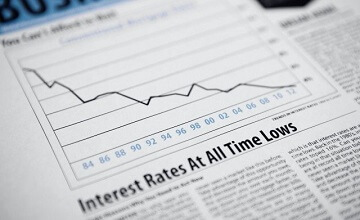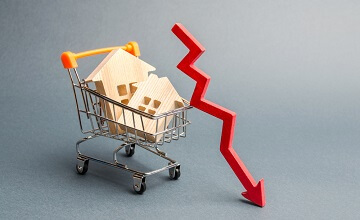The Truth About Paying Off Your Home Loan in 7–10 Years
If you’ve ever clicked on a Facebook or Instagram ad about paying off your home loan in under 10 years, chances are you’ve been bombarded with more of them since. I’m all for reducing debt as quickly as possible. But let’s be real: not all strategies are created equal, and not all of them are safe.





















